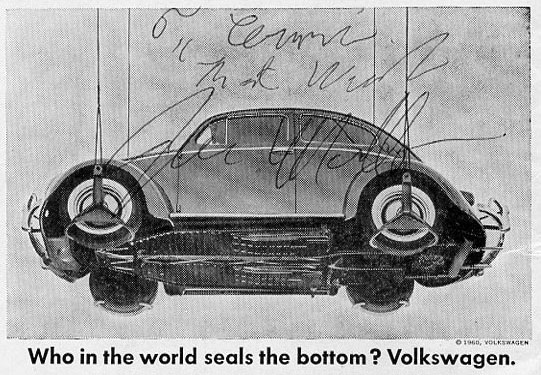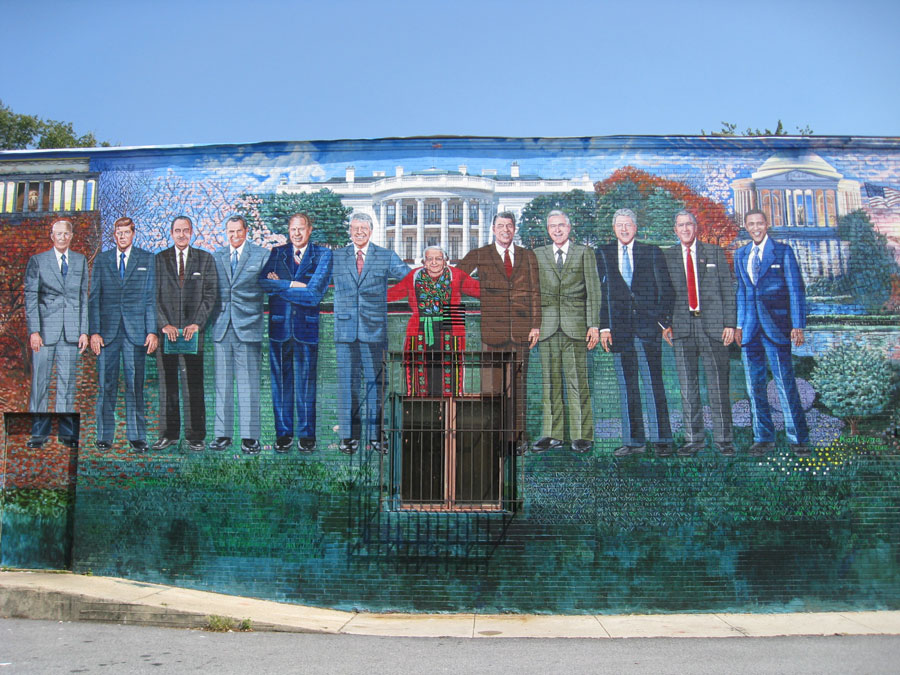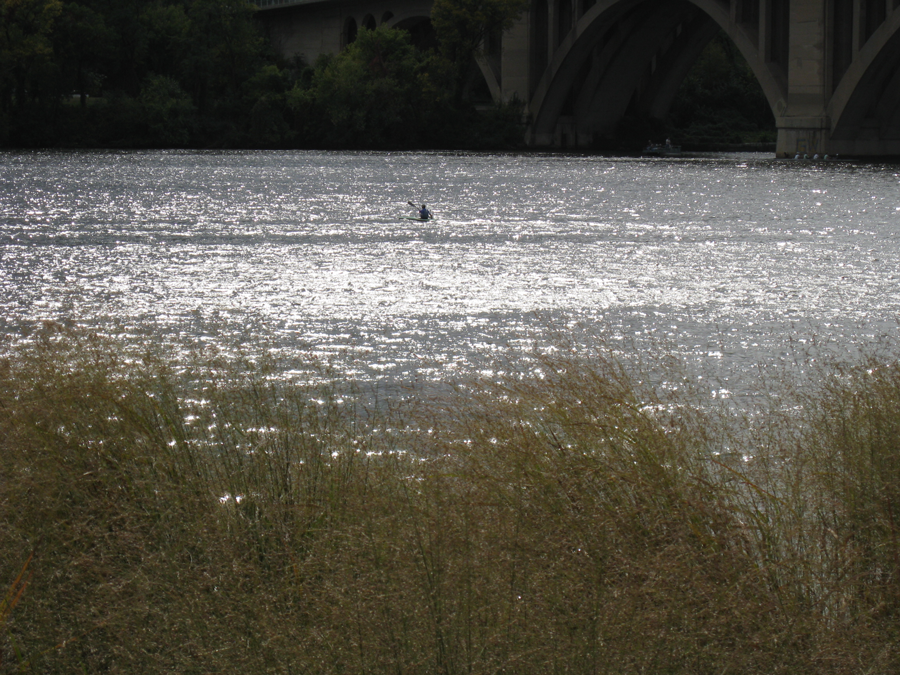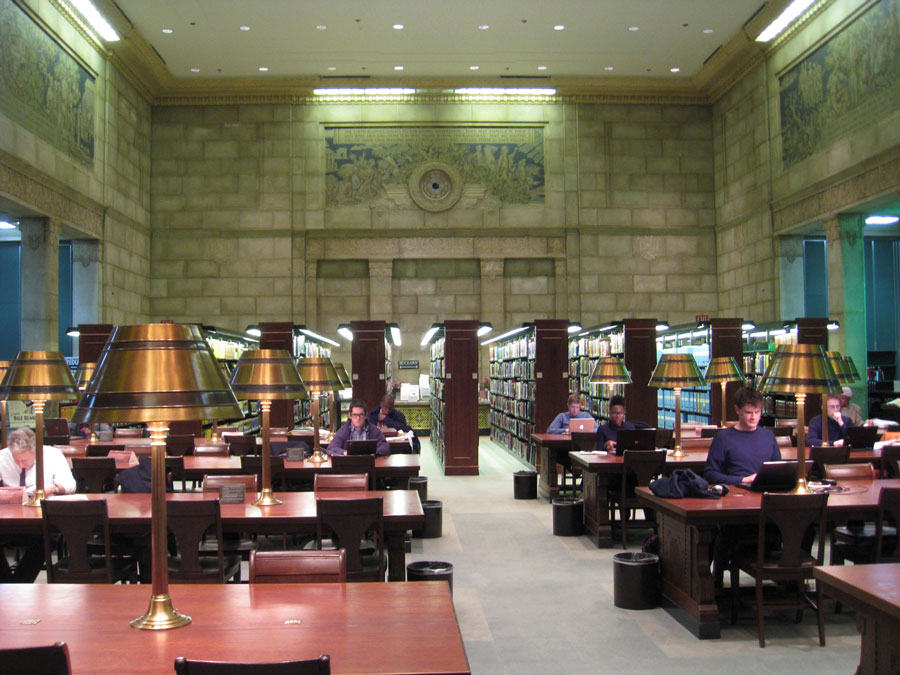
My resolution for this new year is simple: less time on Facebook, more time with real books.
It’s not that I hate Facebook. It’s more a mild sort of cringing from the whole leap into the virtual social pool. Inside, you see, I’m still that shy nerd I was at age six, 12, and pretty much always.
I’ve learned to mask it, of course. One can’t function in the push and shove of modern life without developing a crust of some thickness. But, given a choice between entering a room full of laughing talking humans or a meadow full of sky, I would head for the sky. Space. The final frontier, as the fellow said.
Actually, I’ve never had the slightest desire to go to space. I’m an earth sign, after all. Even if I give no credence to astrology, I enjoy the poetic symbolism of its design. But I’m more a burrower than a flyer. And nothing completes the cozy burrow like a shelf of books. Or a wall. Perhaps a room. Or two. It could be a long winter.
Libraries are my spiritual home. The hushed atmosphere of a reading room seduces me. It was one of the many, many, things I loved about Buffy the Vampire Slayer – how so much of the story took place in the library, and how Giles, the librarian, was heroic, geeky and adorable.
But I digress. The point is, the task of keeping up my Facebook appearances – liking this, commenting on that, posting proofs of my existence to the universe – is taking away from the time I need to read, write and daydream.
Daydreaming is a key component of the writing thing for me. I need that staring into space part of each day. Although sometimes a baseball game works almost as well – there’s something mesmerizing about watching a ballgame. Anyway, that’s the kind of space to which I do relate – the kind in my head. Without it I begin to feel trapped in ye olde burrow.
Books are a wonderful way to create space inside your mind. But sometimes you need to step out of the page and into a world of your own.
So that’s my plan for the New Year. How long will it last? Well, it’s only a hundred days till opening day. I think I can make it. After that the sky’s the limit.
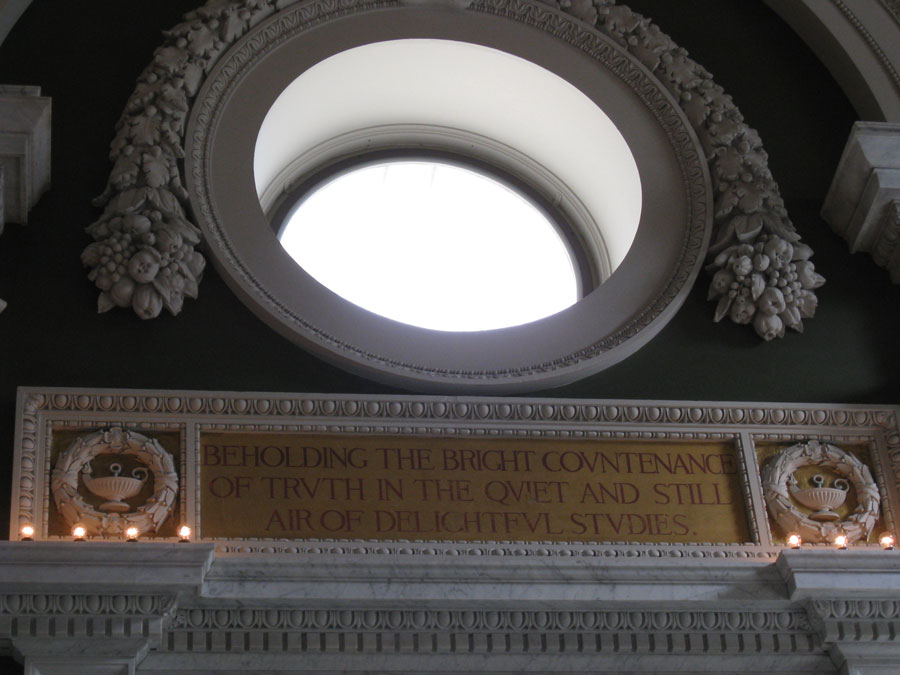
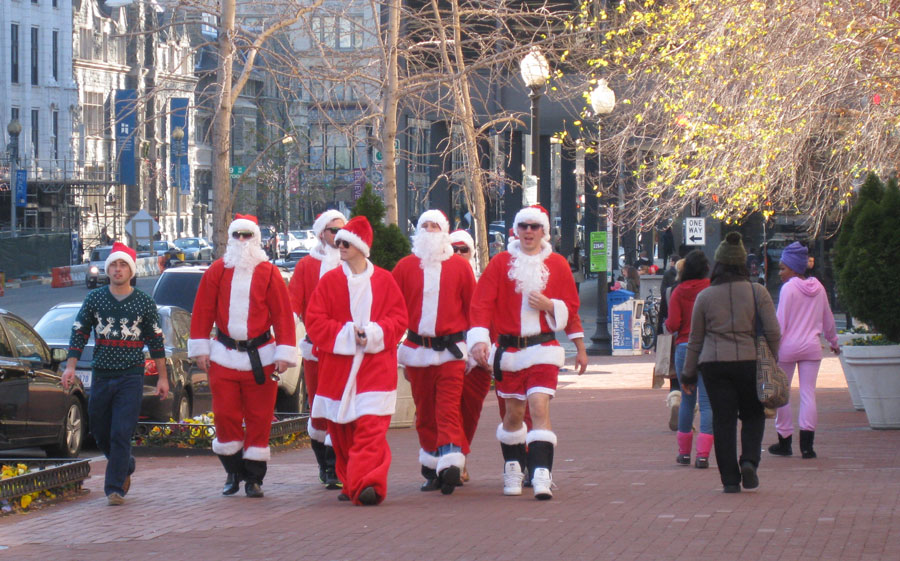

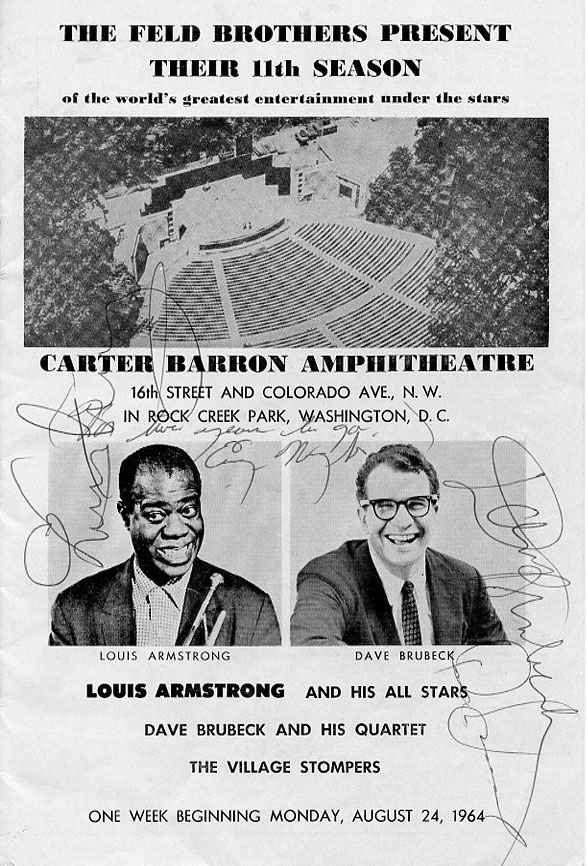 I have never been an autograph seeker. The whole notion of chasing after famous people and begging for scribbles has always seemed just another inane 20th century fad to me.
I have never been an autograph seeker. The whole notion of chasing after famous people and begging for scribbles has always seemed just another inane 20th century fad to me.